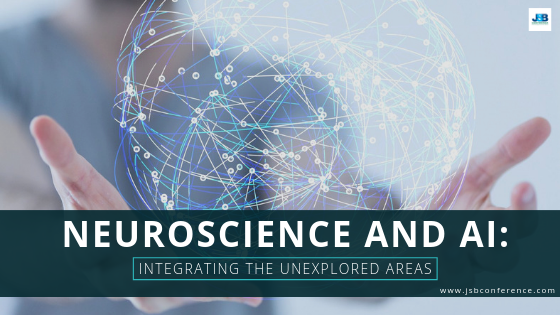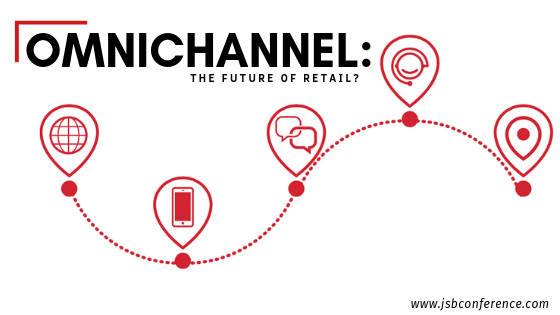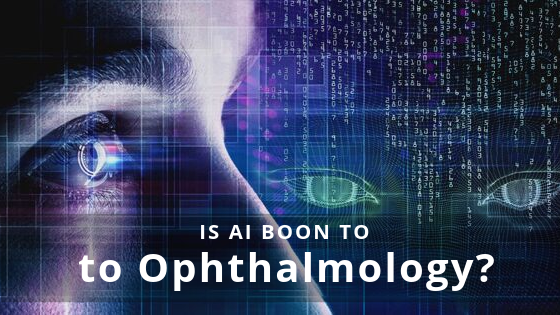Digitization has undoubtedly helped business in numerous ways. However, it has also opened the doors of data threats. Today, malware and virus attacks are not uncommon to the cyber world. Since the modern organization has become complex, do has its data! Making such data secure has become a major concern among organizations.
When proficient hackers learn how to trigger the right attacks, it’s high time that technology upgrades its security level. For this, artificial intelligence which is already doing great in several other industries can play a key role in determining security success.
Where does the problem lie?
While organizations are moving faster, hackers manage to rapidly upgrade their technologies to hack data making it a critical issue for the organization.
Many companies today maintain their data through manual data securing work. When hackers intervene with automated cyber-attacks, the manual techniques fail to alarm the system in advance which further leads to external threat data.
Since conventional techniques take more time in invasion detection, hackers can easily have a whip hand with vulnerabilities by incorporating and accessing weak data. Here’s how_
- Impersonation of trusted users:
Cyber attacks made through offensive artificial intelligence can be highly measured to control on a wide scale. Such malware can enable the system to understand how an individual behaves through its email and social media communications.
As the system learns an individuals’ behavior, it can be replicated into the user’s texts making it look highly credible. It further becomes difficult to differentiate between genuine communications and AI-powered communications. This will leave cyber-protected systems unguarded.
- Blending into the background:
When attacking, certain menace remarks can establish a prolonged presence in the targeted domain. Since the systems become vulnerable and fail to detect, such threats can continue for months at a time.
Hacking threats are cautious when evading conventional security control. It subtly gets incorporated in the daily routine. With this, the noise can bleed over the digital environment.
If the use of artificial intelligence comes into play, it will analyze the massive data in almost no time which will help the systems quickly identify the possibly valuable data sets.
- Faster attacks:
To launch a sophisticated attack, the hacker needs to have in-depth technical knowledge and skills. That’s how he/she can recognize interests the behavior of the system and social network. A few years down the line, offensive artificial intelligence is likely to obtain the same level of sophistication.
How does AI help?
- Identification of threats
In the case of manual work, identification of threats is difficult as the analyst alone cannot run through data instantly. Artificial Intelligence, on the other hand, can run through millions of research papers & data to offer immediate insights and help you get daily alerts & curate threat intelligence. This eventually helps reduce the response times in the process of threat identification.
- Risk Assessment
When the internal security intelligence is analyzed through previous threat data or possible external threat data, the organization can assess possible risks and gaps in the present security systems. With this, AI can help build human-interactive system through advanced algorithms and eventually eliminate the lesser-known threats in data security. Risk assessment is critically important in the business as it helps the organization to be aware of how the organization could be exposed to threats and build a system that works against them.
- Orchestration of Remediation
A common organizational challenge for data security is inadequate coordination between data security department and the IT operations department. If the AI-powered process is used to get real-time threat alerts and eliminate human-error interventions, it can establish a strong blueprint for data security.
In certain cases, it assists the threat analyst through risk identification. The identification
Why AI?
Not only Artificial offers accuracy in identifying possible threats, but it is also swift with its solutions curating analysis of risks in cost-effective ways. Since it is capable of taking crucial decisions and launch an organized response to remediate the threat.
The Challenges:
Though Artificial Intelligence has not completely been integrated into the cybersecurity systems, it does have a scope to develop faster in the near future. Having said that, the challenges in artificial intelligence are inevitable. There’s a lot more in the AI of cybersecurity which is yet to be explored.
The future:
Technology market research reports project the cognitive system can learn more and improvise its assistance on Cybersecurity. Although the AI has begun spreading over cybersecurity, hacking systems and technology are neither behind in adopting the AI for smart hacking.
All the required elements for using aggressive AI already exist. Cyberthreats systems are still new to the AI and it may take time, but the picture of AI fighting against AI is not far from reality. It will be challenging on the part of cybersecurity analyst to be a step ahead of a clever hacking mind.
Gauri Ludbe:
Gauri is a business writer who has a craze for tech and business world. She is a Sr. Business Writer at JSB Market Research. Gauri believes that the future is already here with AI bleeding over various industries. It has started defining a new growth model in the global market.









